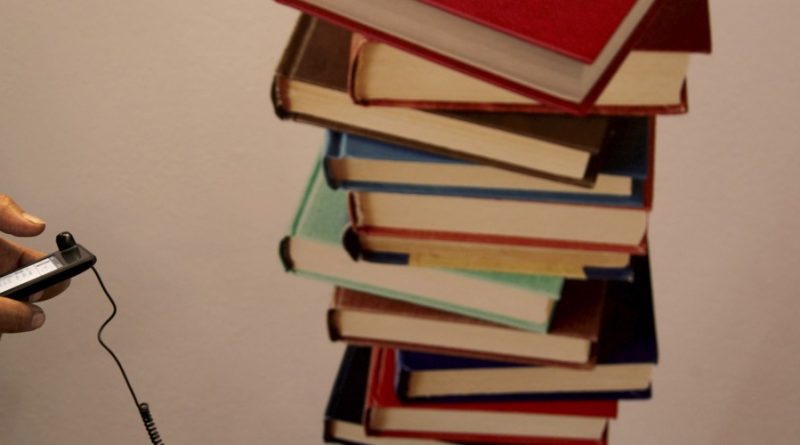The Authors Who Love Amazon
After the success of Omer’s first book series, Thomas & Mercer, an Amazon imprint, published his most recent book, a mystery called A Killer’s Mind, which was also promoted on Amazon’s First Reads, a new subscription service in which the company recommends a handful of books and allows subscribers to download them before their official publication date. Omer told me he has now sold more than 10,000 books through Amazon, and that his books have also been borrowed more than 10,000 times on Kindle Unlimited, the subscription service in which readers pay $9.99 a month to access over 1 million titles on Amazon. “What made this possible is Amazon,” he told me. “It can expose me to millions, or tens of millions of readers.” (Peter Hildick-Smith, the founder of Codex Group, which consults with the publishing industry, told me that Amazon’s rankings and sales information are not reliable because they also count books that are borrowed, like Harry Potter books, which are consumed in a different way than books that are bought.)
For decades, self-publishing was derided as an embarrassing sign that an author couldn’t cut it in the “real” publishing industry—“the literary world’s version of masturbation,” as Salon once put it. And Amazon, the world’s biggest e-commerce site, with its bookstore-beating prices, was painted as an enemy to authors. But now its self-publishing service, Kindle Direct Publishing (KDP), has made it easy for people to upload their books, send them out into the universe, and make money doing so. Its store has created a place for readers to go and easily find inexpensive self-published books. The site that got its start by radically changing where books are sold is now reshaping how books are published and read.
This is, of course, threatening to the traditional publishing industry, which seems to be in a state of everlasting free-fall. Industrywide, self-publishing is gaining readers as traditional publishers are losing them, according to Author Earnings, a site produced by an anonymous marketing analytics expert who calls himself Data Guy. The self-published share of paid US e-book units increased to 46.4 percent from 44.7 percent between the second quarters of 2017 and 2018, Data Guy told me in an email, while the traditionally published share of paid e-book units decreased to 43.2 percent from 45.5 percent. (His data takes into account self-published and Amazon imprint-published books, which many traditional data sources do not.)
Central to Amazon’s gambit—and authors’ pay—is Kindle Unlimited. Launched in 2014, the feature was a response to other companies that were trying to create a Netflix for books, such as Oyster, which shut down in 2015, and Scribd, which is slowly gaining acceptance from the Big Five publishing houses. Authors can choose to participate in KDP Select, which automatically puts a book into Kindle Unlimited, and which can be highly lucrative. Amazon sets aside a pot of money every month that it divvies up among KDP Select authors, based on how many of their pages have been read each month by Kindle Unlimited subscribers and readers from the Kindle Owners’ Lending Library, which allows Prime members to borrow one book a month for free. The payment ends up being a little less than half a penny per page, authors told me, but those who are read the most can also get monthly bonuses as high as $25,000. Last year, Amazon paid out more than $220 million to authors, the company told me. Regardless of participation in KDP Select, authors who self-publish on Amazon through KDP also earn a 70 percent royalty on books priced between $2.99 and $9.99, and a 35 percent royalty on books that cost more or less than that.



